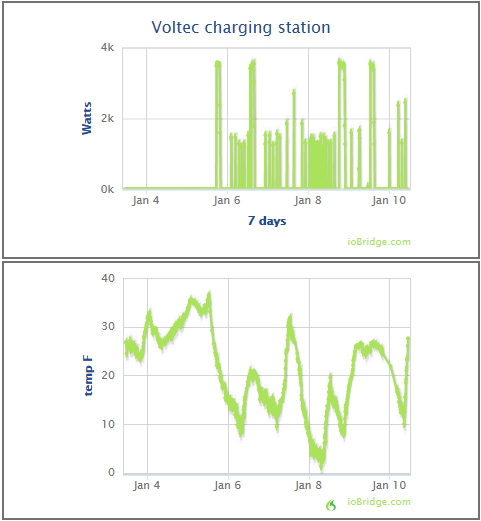It is not hard to think of examples of ecocide. The rapid deforestation of South America, strip mines, mountaintop removal in the southeast of America and the list goes on. And it scales all the way down from these gigantic overpowering images of destroyed landscapes to the construction of new housing developments in which forests are bulldozed and paved. And scaling down even further, does one stop at using Roundup to control weeds in a suburban lawn? Where does one draw the line?
I have read a bit about the native American tribes that lived here in the northeastern US before the colonists arrived. The original Americans were able to live and thrive in harmony with nature in a climate that is quite unforgiving in the winter. There is an excellent book: “Reading The Forested Landscape: A Natural History of New England” that describes how our forest today evolved with fascinating examples of unique terrain and how they formed. In one section, the author describes what the Maine forest looked like before colonists clear cut it for timber, ship masts, and to create pasture land for sheep and livestock. Apparently the trees grew tall and so widely spaced that you could run a horse at full gallop through the forest. The native Indians managed the forest actively by periodically burning out the underbrush in order to bring back the berries and maintain walkable terrain in the forest. One could easily misinterpret the deliberate burning of underbrush as ecocide until one explores the benefits to all concerned including flora and fauna. I can only imagine the careful deliberation as tribal elders decided when and where to begin a controlled burn and the centuries of history of this practice that helped to create an eminently livable environment.
Another perspective I have on humanity and the ecocide we are committing on a global scale is that eventually humanity will become multi-planetary - if we survive the destruction of our home planet. In the process of reaching out to colonize other worlds, we will first need to live in small closed environments in orbit and in small constructed colonies. By living in these closed environments we will be forced to be conscious of all of the inputs and outputs to the system and the processes within that sustain life. From the perspective of orbit, astronauts on the space station are constantly awed by the view they have of the earth and come to love our tiny blue marble. I am hoping that as we transition toward living on other planets that these experiences of living in small closed ecosystems will teach us valuable lessons about respect for ecosystems as we create them and terraform planets such as Mars in the long-term future.
reposted from my old blog post from 09/06/14












.jpg)




